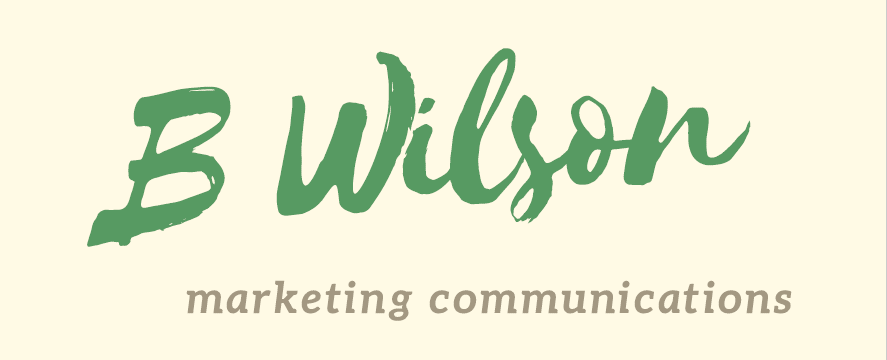
You may have heard the often-quoted stat that writers producing content for the internet should aim for an eighth-grade reading level. To see if your writing meets this standard, you can use a readability score formula. For example, find the Flesch Reading Ease Score, which is based on the number of words and total number of syllables in a sentence.
According to Wikipedia, the formula is:
206.835 – 1.015 (total words ÷ total sentences) – 84.6 (total syllables ÷ total words)
The higher the score, the easier the content is to read:
- 100 to 90 suggests the content is “very easy to read,” equal to about a fifth-grade reading level.
- 70 to 60, where most web content aims to be, is equal to about an eighth-grade reading level.
- 30 to 0 means the content is “very difficult to read, best understood by university graduates.”
The Readability Score Dilemma
If you are a B2B content marketer, you may be thinking you are doomed as far as readability is concerned. The multiword and multisyllable products you write about like “omnichannel retail management” or “communication and collaboration solutions” can quickly blow up the reading ease score formula. Furthermore, the readability score of your work could possibly create some conflict with your clients. For example, I worked with a healthcare technology provider who wanted to get closer to the eighth-grade reading level because he was concerned that his content would rank lower in search engine results if he didn’t. But when he edited the content to use words with fewer syllables, he changed the meaning. And shortening sentences tended to make the text choppy.
My team was concerned that “dumbing down” the content may actually turn off healthcare professionals. Aiming for a style more like “Fun with Dick and Jane” rather than the source material we were using seemed wrong. Really, are there any healthcare administrators who read at only an eighth-grade level? But regardless of subject matter, it’s important to make content readable. After all, smart people appreciate content that’s easy to read, too.
How to Make Tough Subject Matter Readable
I follow these five principles to make content, whether it’s based on complicated subject matter or not, more readable:
- Shorter sentences. Try to limit sentences to 25 words or less. Remember, though, that good writing requires that you vary sentence length. Just try to make sure the longer ones aren’t too long.
- Use subheads. Sometimes readers pays attention to your whole blog. But it’s more likely that they’re skimming through the content looking for something specific. Your article may have five points—but the reader is only looking for number three. Subheads let them quickly find what they need.
- Keep paragraphs short. Limit paragraphs or information under a subhead to 300 words.
- Choose common terms. Choose words that your audience would use when taking about the topic. Sometimes it means 14 syllables of “communication and collaboration solution.” It’s familiar and has a clear meaning to your audience. But if you change it to “message and teamwork app,” you may lose your reader who can’t figure out what you’re talking about.
- Use bulleted lists. This is an especially good idea for making a lot of data or a series of ideas easier to read:
- Format content so it’s easier to read
- Make content more skimmable
- Easily show sequence
Learn from Your Readability Score
Busy writers sometimes don’t take the time to evaluate readability, but there are easy-to-use tools that can save you time. I love the Yoast SEO plug-in on my website. It gives me a readability score and makes suggestions for how to improve content before I take it live.
If you use a tool to evaluate readability or other aspects of your writing, you will begin to notice habits you need to break. Maybe your sentences are too long. Maybe you habitually forget to break up content with subheads. A readability score and evaluating your content for best practices can help you understand more about yourself as a writer. From there, make changes, improve, and grow. Your readers will thank you for it.
Contact me to learn more about website content that can really help your business.
Note: this blog copy scores 61.3 in the Flesch Reading Ease test, which is considered “okay to read” according to Yoast.
